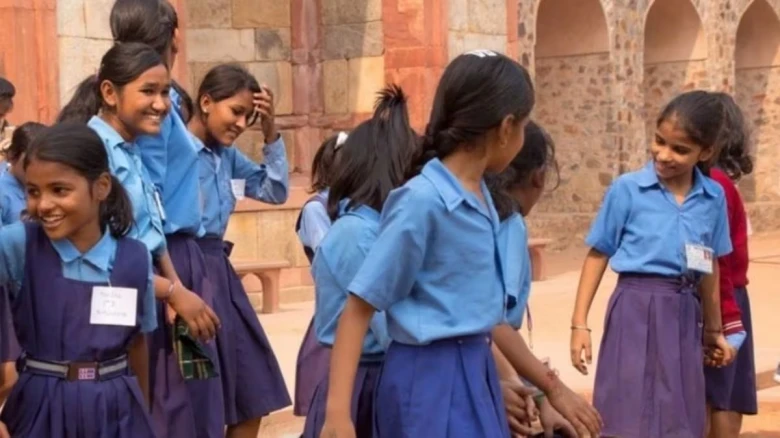There were around 180,000 private educational institutions across the country...
Digital Desk: India continues to have five times the number of schools than China for the same enrollment of students, according to the recently published Niti Aayog report Learnings from Large-scale Transformation in School Education.
According to a recent Reuters report, fewer foreign students, stiffer regulations, and a sluggish economy are the reasons behind the closure or merger of dozens of international and private schools in China.
According to the report, as of 2020, there were around 180,000 private educational institutions across the country, making up over one-third of all educational institutions in China. There were 55.6 million students enrolled in these schools.
However, due to the foreign passport holders are the only ones allowed to enroll in international schools, the number of students attending these institutions has primarily decreased as a result of post-pandemic exodus of foreign nationals and escalating geopolitical unrest.
"Before the COVID-19 outbreak, education was expanding quickly, which led to a boom in privately managed bilingual schools in China that offered a curriculum based on Western exams. Beijing's new regulations, which were implemented in 2021 and targeted at the private tutoring industry to relieve child anxiety and cut family expenses, caused the firm to falter later on," reported Reuters.
Low enrollments in Indian schools
According to the Niti Aayog report, fewer than 60 students are enrolled in more than 50% of the primary schools in many Indian states. Such sub-scale schools are extremely expensive due to factors like extensive multi-grade teaching, a dearth of parents and students who can hold administrators accountable, inadequate infrastructure, and the fact that the same one or two teachers handle all administrative duties in the absence of headmasters or principals.
The research proposed school mergers as a way to deal with the low enrollment in educational institutions. According to the research, this kind of solution has been implemented in all SATH-E states and has shown promising results in terms of increasing school enrollment.
In addition to mergers, states may establish a set of large schools, at least 10%–20% of which must be dispersed around the state. To ensure that all children have equitable access to these schools, they should offer transportation and be integrated into K–12 schools. Along with the need to establish big school complexes, this was also suggested in the NEP.
The study includes specifics about the school consolidation initiatives implemented in each of the three Project SATH-E states, along with the lessons learned. Information regarding the initiatives to create leader schools is also included in the study.

Leave A Comment